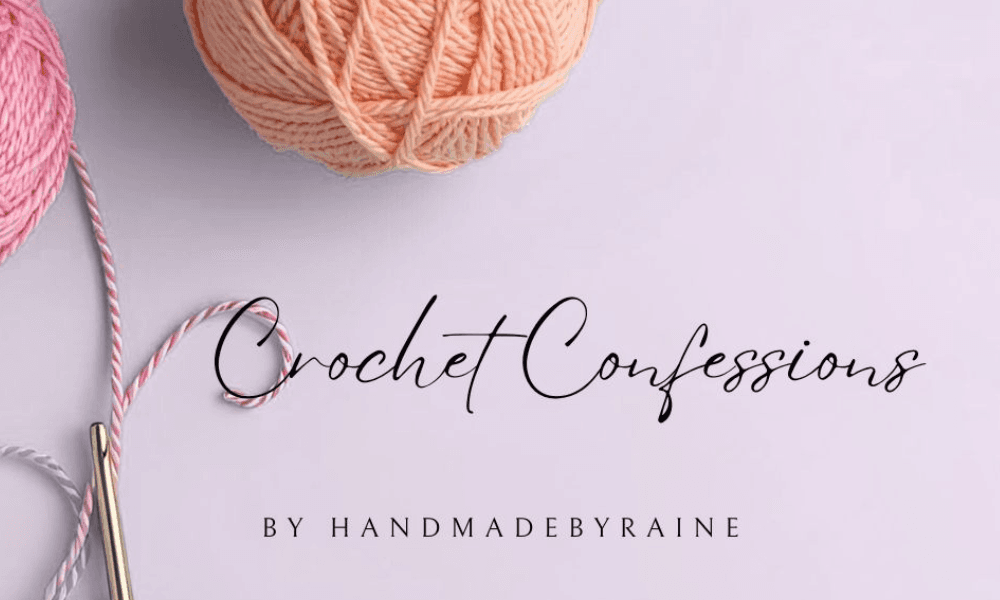Overview
This is a UK-based direct-to-consumer brand specializing in comfort-oriented winter apparel. Best known for its Cozy Socks and Fluffy Hoodie, the brand has processed over 52,000 orders, generating $1.42M in annual revenue with a 10% profit margin. The business is founder-operated with minimal staffing overhead, relying primarily on Facebook Ads and Instagram for sales generation. Despite a strong Q4 2024, recent months have shown a notable decline in both revenue and profit, raising questions about the brand’s resilience, customer retention, and long-term scalability.
All insights below are derived from public data. For more nuanced understanding—particularly on monthly revenue/profit trends, customer acquisition data, and strategic plans—a direct conversation with the seller is strongly recommended.
Key Insights
Website Performance and Metrics
Website Speed: Site loads well on both desktop and mobile. Speed is functional but could benefit from image compression and script optimization for mobile performance.
Product Variation & SKUs: Very limited SKU count. The store is focused on 2–3 main products (Cozy Socks and Fluffy Hoodie). This simplicity aids fulfillment but limits upsell and bundle opportunities.
AOV & CLTV: The low-ticket nature of products suggests an AOV of ~$30–$40. No data provided on CLTV, but limited product range and seasonal positioning imply a low repeat purchase incentive.
Repeat Customer Rate: Unavailable, but likely low. With only two core products and no loyalty or subscription models, ongoing engagement is limited.
Conversion Rate: Solid at 3.8%, which is above eCommerce benchmarks. This suggests compelling value propositions or effective ad-driven funnel optimization.
Website Design & UX: Clean, minimalist, and mobile-responsive layout. However, the site lacks a compelling brand story or community-oriented messaging, which may limit emotional connection and retention.
Brand Positioning & Sentiment: Positioned around “cozy comfort” for cold weather. Seasonal anchoring limits year-round relevance. Public reviews are concerning—Trustpilot has just 3 reviews, all 1-star, indicating negative customer experiences or poor post-sale service.
Marketing Efficiency: Business depends heavily on Facebook Ads, with plans to test Google Ads and potential expansion into TikTok Shop. Instagram (15K followers) supports brand presence, but organic traffic appears weak.
Customer Acquisition Cost (CAC): Not disclosed. Given the dependency on paid ads and absence of organic growth levers, CAC is likely high or volatile, especially outside of peak seasons.
Product Offering & Marketing Angle: Comfort-focused gifting products for winter months. Strong for Q4 but weak carryover into other seasons. No strong hooks for lifestyle brand evolution, subscription models, or personalization. Potential exists to reposition the brand as “comfort all year round” or expand into indoor/loungewear for better seasonality resilience.
Finances
Annual Revenue: $1,424,922
Annual Profit: $145,161
Monthly Revenue: $118,743
Monthly Profit: $12,096
Profit Margin: 10%
Multiples:
Profit Multiple (2.2x) – High given current operational risk, poor sentiment, and seasonal dependency
Revenue Multiple (0.2x) – Appears attractive but may reflect overstated value due to Q4 spike
Trend Analysis: Business saw a sharp uptick from Sept–Dec (holiday gifting cycle), followed by a significant drop in the months thereafter. This highlights clear seasonal reliance without year-round consistency.
Marketing (Paid & Organic)
Paid Advertising: Facebook Ads are the primary acquisition channel. No breakdown of ROAS, CAC, or performance over time provided.
Organic Presence: Weak. Instagram community (15K followers) exists but lacks engagement depth. No SEO, influencer programs, or blog content observed.
Expansion Potential: TikTok Shop and Google Ads are listed as untapped channels. Influencer campaigns, affiliate partnerships, and email automation are areas for growth.
Operational Efficiency
Team Structure:
Owner: Media buyer
Web Manager: Handles backend
Supplier: Manages fulfillment
Customer Support: Outsourced ($250/month)
Pros: Lean overhead, clear role allocation
Cons: Overreliance on founder, no formalized team or succession plan, limited automation/infrastructure for scaling
Customer Data & Relationships
Email List: Undisclosed
Customer Volume: 52,000+ orders, exact unique customers unknown
Retention Programs: No loyalty, no rewards, no active email flows mentioned
Customer Sentiment: Very low. Trustpilot shows 3 total reviews—all 1-star—suggesting product dissatisfaction, shipping delays, or support breakdowns
Legal & Compliance Due Diligence
Business Jurisdiction: United Kingdom
Intellectual Property: No confirmation of trademarks or proprietary product design
Data Privacy & GDPR: No visible GDPR compliance statements. Requires further verification.
Supplier Contracts: Not disclosed—important to assess exclusivity, shipping SLAs, and product sourcing terms
Challenges Identified
Heavy Seasonality: Reliance on Q4 sales limits cash flow predictability and hinders long-term planning.
Poor Customer Sentiment: Trustpilot ratings suggest serious post-purchase issues—this may be hurting repeat business and brand equity.
Limited Product Range: With only two hero SKUs, there’s little incentive for upsells, bundles, or long-term customer value.
Overdependence on Paid Ads: Fragile acquisition model without backup from organic channels or partnerships.
Underutilized CRM and Retention Tools: No visible effort toward customer lifecycle marketing, segmentation, or feedback loops.
High Profit Multiple: Asking valuation does not align with current risks and revenue decline pattern post-holiday season.
Recommendations
Engage the Seller Directly: Key data (monthly performance YTD, CAC, customer LTV, reasons for selling) must be clarified before any next steps.
Request Operational Data: Fulfillment timelines, refund/return rates, support volumes, and supplier reliability need detailed review.
Investigate Reputation Management: Conduct deep sentiment analysis across customer support channels, refund logs, and product feedback.
Evaluate Scalability Frameworks: Determine if the business has the SOPs, systems, or automation to expand across platforms like Amazon or TikTok Shop.
Explore Repositioning Potential: If acquired, consider diversifying into general loungewear, comfort accessories, or other year-round cozy essentials to reduce seasonal limitations.
Demand Adjustment of Asking Price: Given the profit volatility and customer trust concerns, a downward negotiation on the profit multiple is justifiable.
Conclusion
The online business offers a solid foundation with notable sales history, but it’s heavily exposed to seasonality, brand risk, and operational fragility. While the business is undeniably lean and has achieved good conversion metrics during peak months, declining revenue trends, limited customer loyalty, and poor public sentiment raise serious concerns.
For a strategic acquirer willing to revamp operations, reposition the brand, and invest in retention and channel diversification, This ecommerce store could evolve into a sustainable comfort wear brand. However, caution is warranted. Further discovery with the seller is imperative before making a final acquisition decision.


















